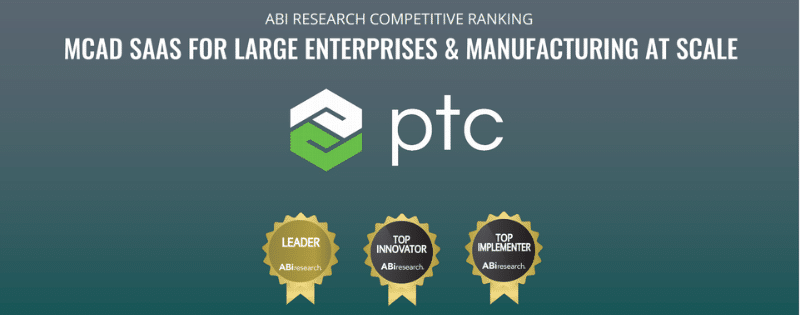“Last July, our family was in a terrible rollover. I broke two vertebrae in my lower spine. My son was buckled in his Marathon car seat. I am eternally grateful for this, and fully recommend BRITAX car seats to others. Thank you for building such stable and strong products to protect our children…”
Manufacturers don’t often get the chance to connect so personally with consumers. But for the Britax team, this personal connection is the most important part of their job.
Britax is a manufacturer of childcare products including car seats, strollers, high chairs and more. And for over 30 years, their products have protected children across the globe. As such, their designs must account for a number of situations, including:
- Protecting the child’s head from impact
- Keeping the child’s body from flying forward
- Meeting increasingly stringent and ever-changing safety regulation
- Caregiver’s ’ease of use’ when installing the seat and buckling in the child
On top of that, their products must be aesthetic pleasing — a nuance of design that can often be the deciding factor for Britax’s target demographic.
For all these reasons, Britax deploys Creo to make sure that children travel safely and in style with a whole new range of innovations in its new FRONTIER 90® Combination Harness-2-Booster seat.
Predicting Efficiency
Britax’s product engineers use Creo to take their products all the way from early concepts in sketching to production-ready models.
“When you work with complex part geometry, advanced surfaces, and intricate assemblies, it’s best to create a 3D model as soon as possible, and use it throughout the product development process,” explains Mark Gunter, Senior Development Engineer at Britax.
Britax uses Creo to streamline the product development process when they need to:
- Share renderings of the initial idea with customers to solicit feedback on the design.
- Use early mechanical simulations to coordinate aesthetics with aggressive safety strategies.
- Produce manufacturing data directly from the 3D model in order to get initial supplier feedback.
“We use Creo 2.0 in combination with its advanced surfacing capabilities to take concept designs all the way to production,” Gunter said.
The engineers at Britax also use the data they glean from dynamic testing and measuring equipment to improve the virtual simulations in Creo. This allows them to better predict the behavior of their design before they start physical testing.
Teamwork That Works
Thanks to Creo, Britax’s teams can also share early renderings, discuss design points, and evaluate stylistic options while determining which design to pick. Simulations and other downstream activities are automatically updated as the team iterates on the design.
Windchill software also ensures Britax’s whole team can access the latest designs, allowing everyone to stay fully informed of the changes made to the design and letting them provide feedback when necessary.
As Curtis Strong, Director of New Product Development at Britax, puts it, “By creating our product ranges digitally in 3D using Creo, it’s easy to share the vision for a new product earlier, gather opinions and expertise, and remain innovative and flexible, yet still deliver safe products in an efficient way.”
The Main Feature
When it came time to develop the FRONTIER 90® Combination Harness-2-Booster seat’s next-level safety features Creo helped Britax’s design teams deliver:
- The ClickTight Installation System, to guarantee a secure and easy installation of the Harness-2-Booster seat
- Improved safety with the True Side Impact Protection system, ensuring better protection from side impact collision
The FRONTIER 90® was an instant success, receiving outstanding reviews and a remarkable number of early sales orders.
With Creo securely in its tool belt, Britax is positioned to continue its tradition of innovation and leadership in child safety.
Want to learn more about Creo 3.0’s features and capabilities? Read more about it here. Or why not contact us.

